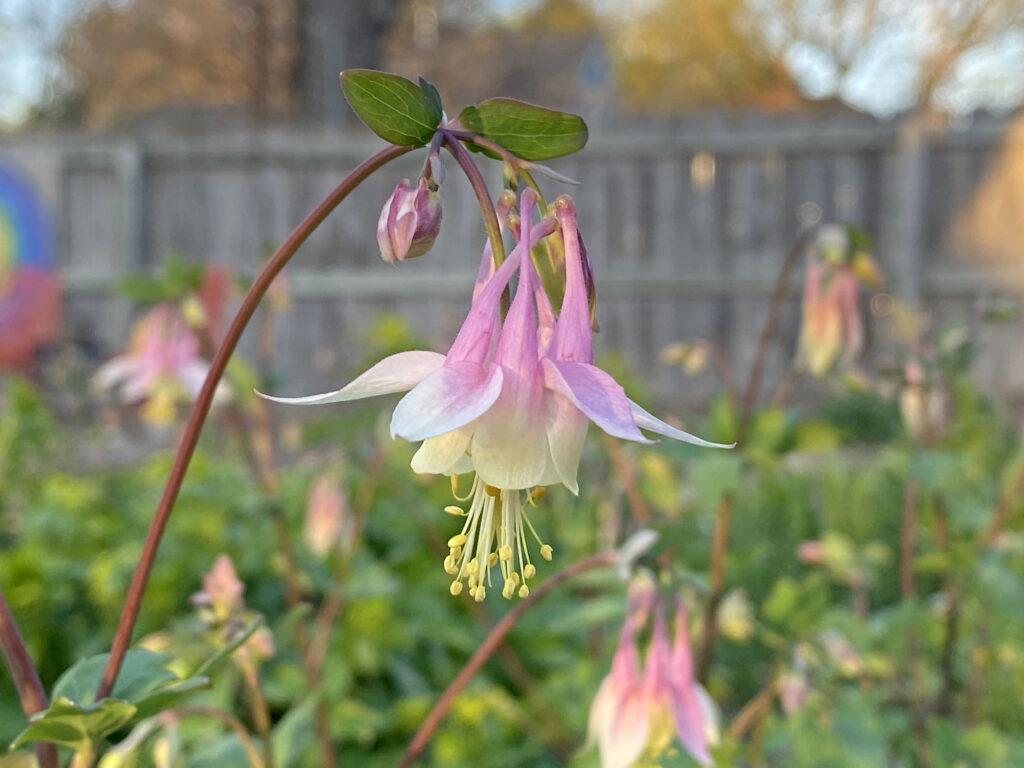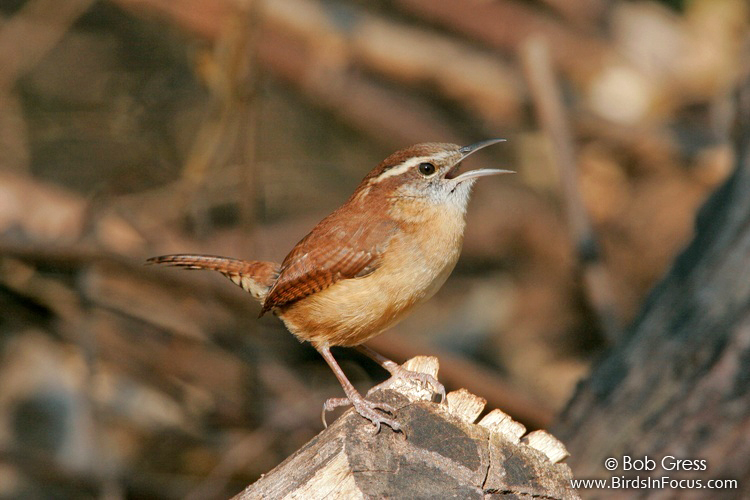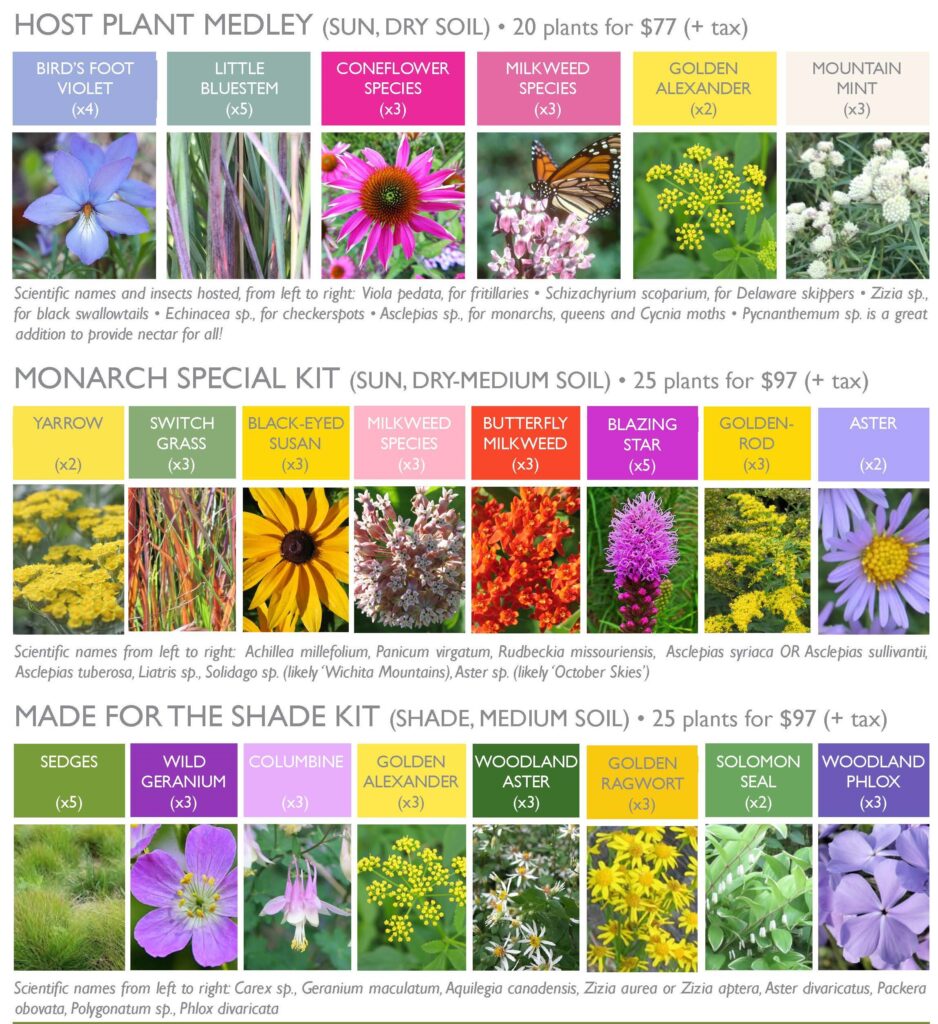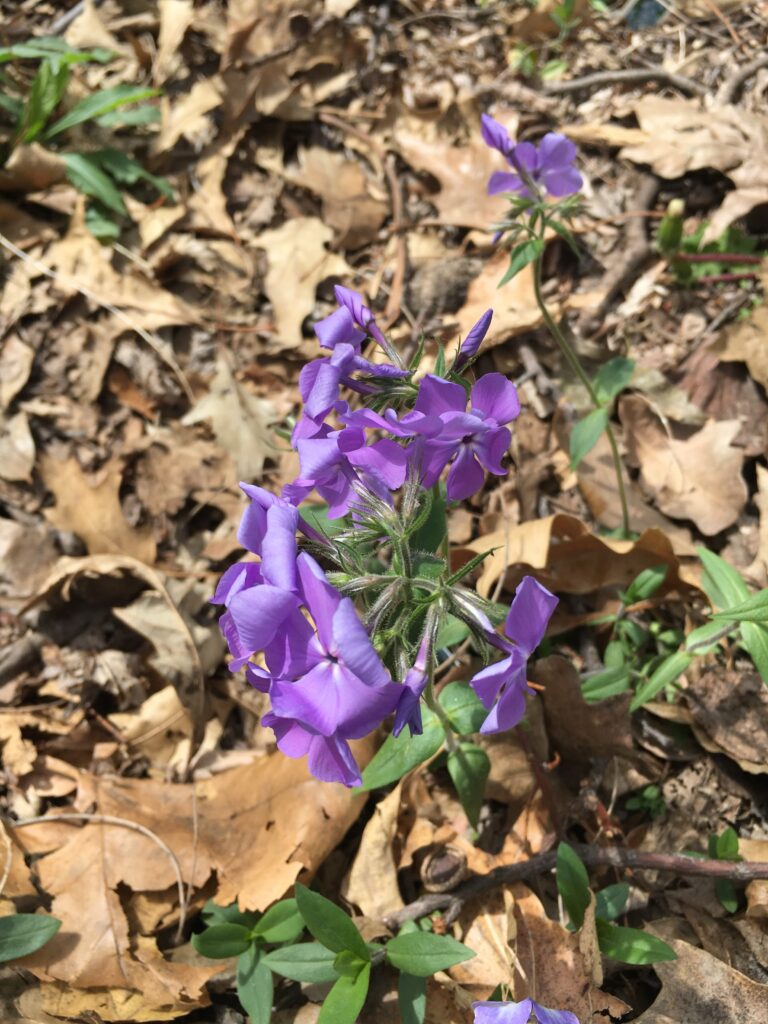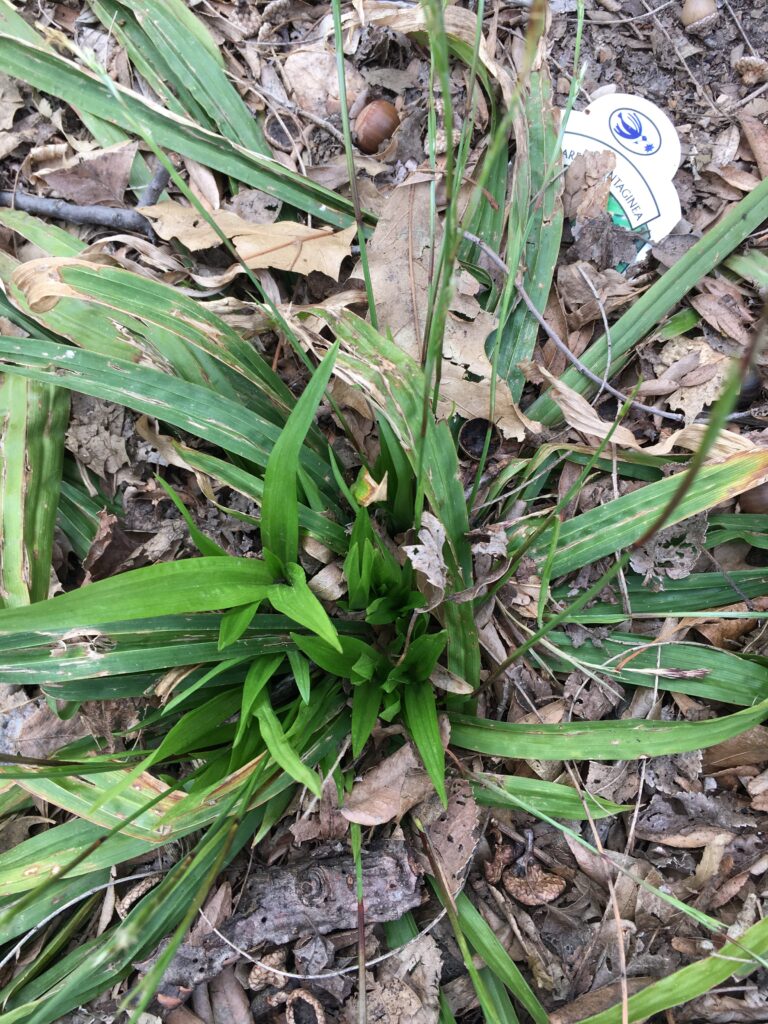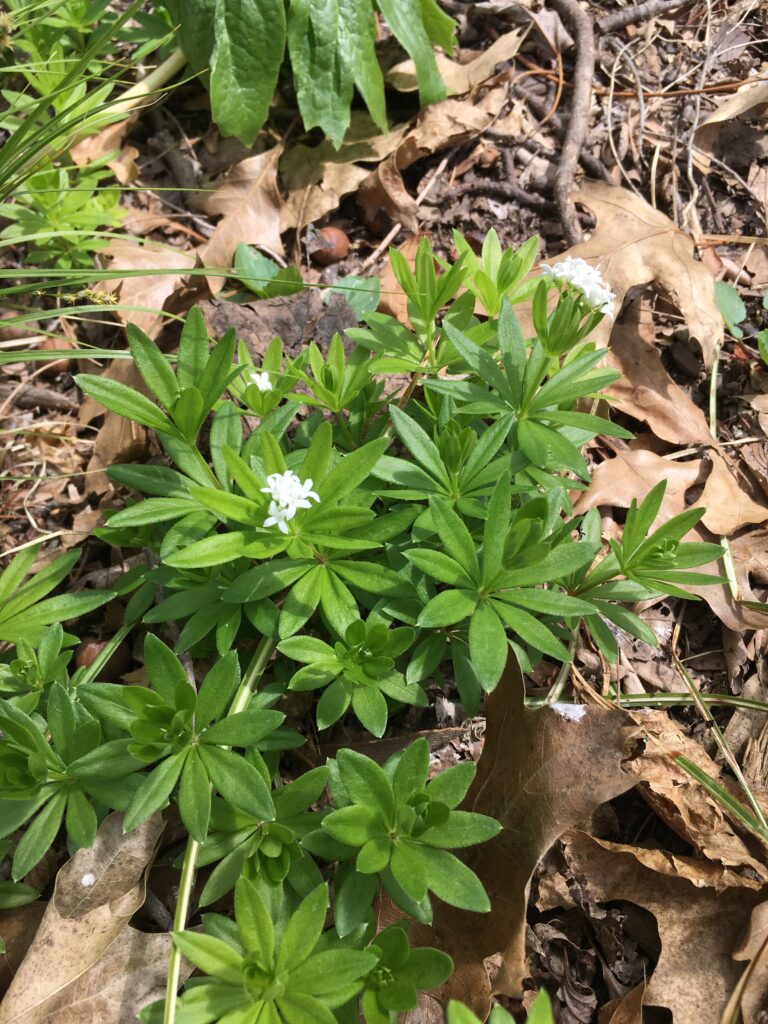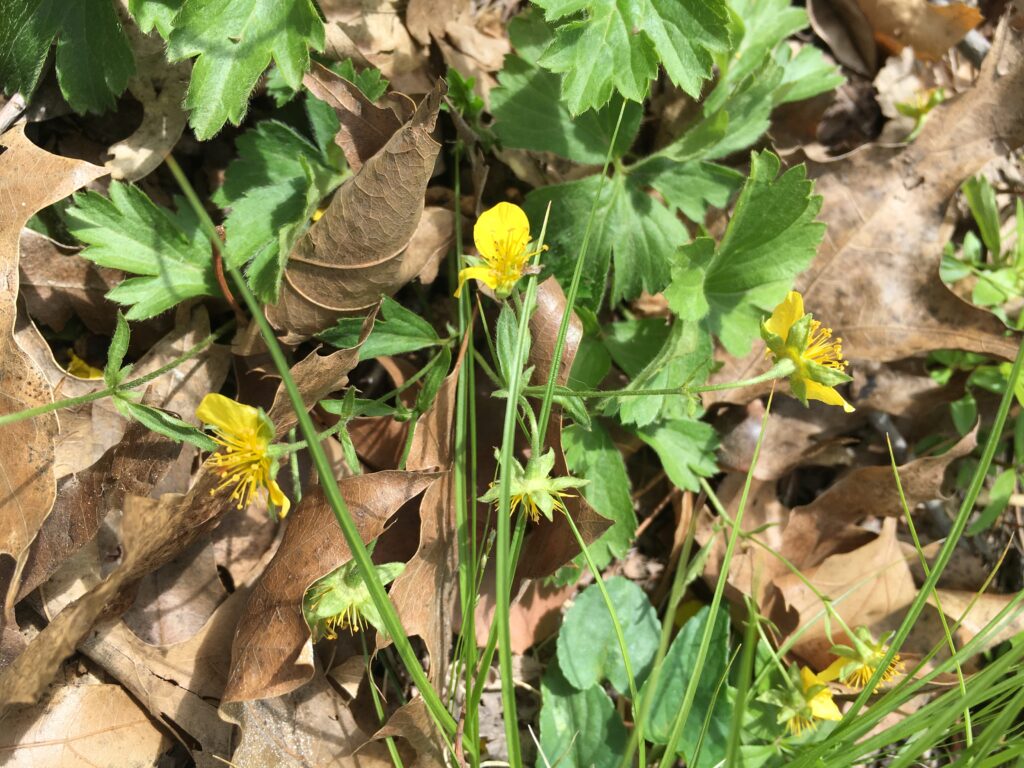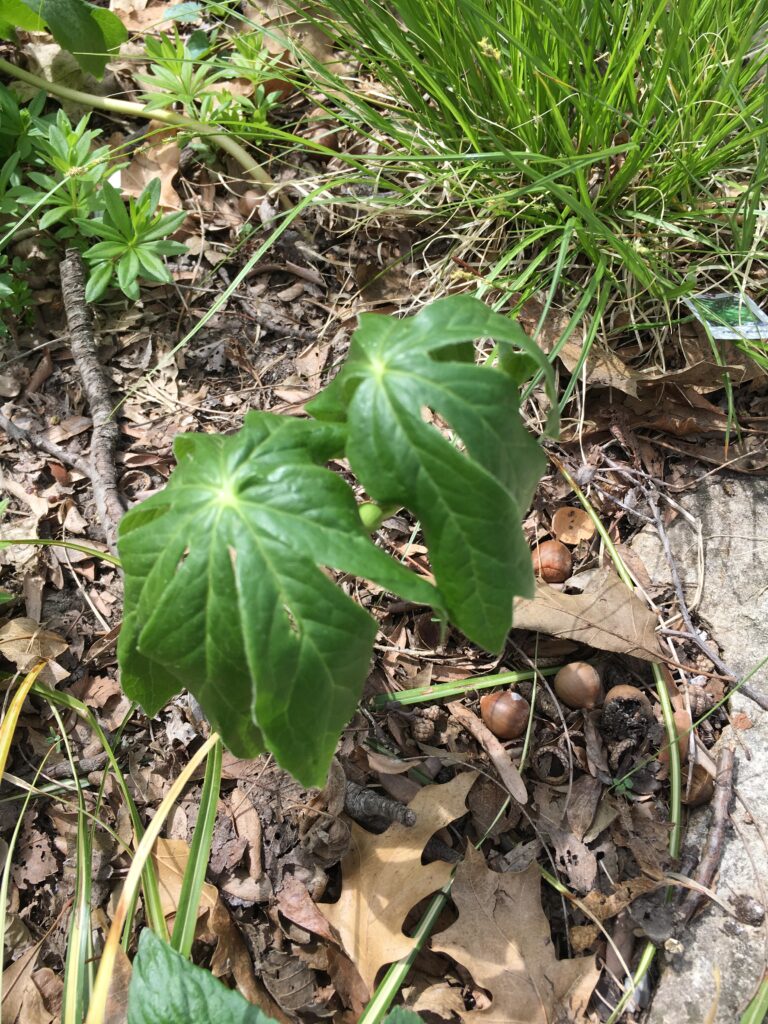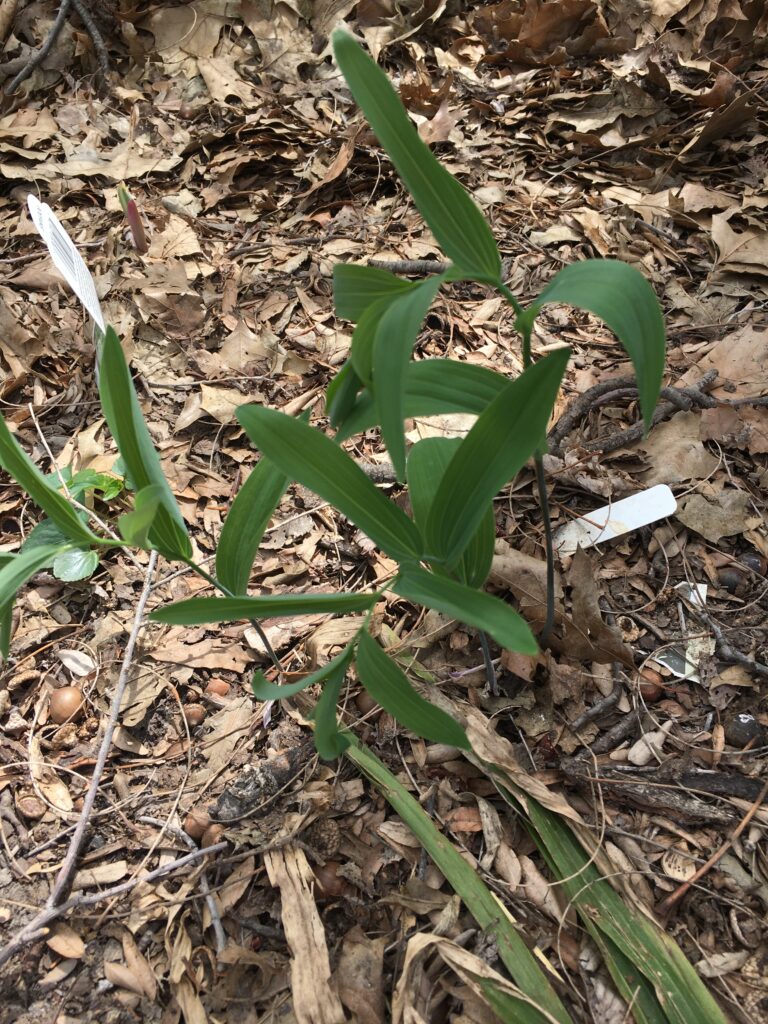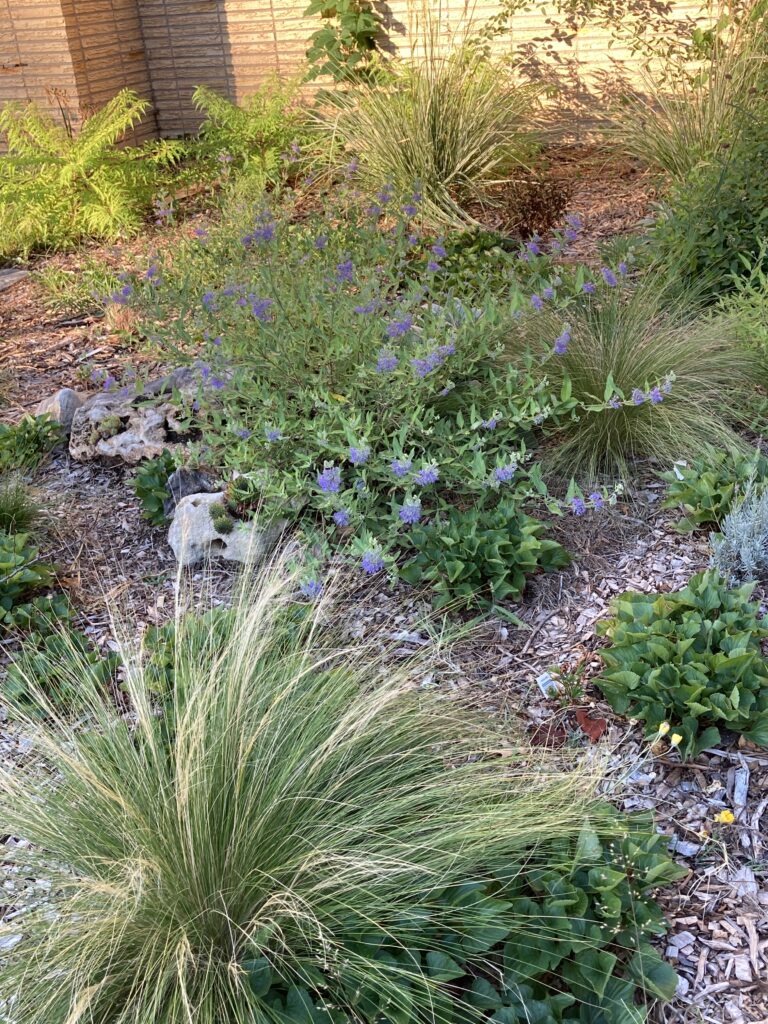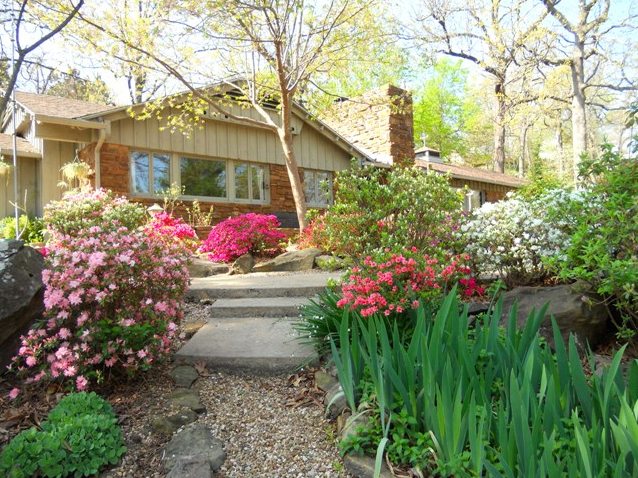There is no “one way” to landscape with native plants. One person’s dream landscape design might be someone else’s nightmare. Native gardens can be wild and wistful, or organized and formal. As long as the plant species being used are beneficial to wildlife and water conscious, you are on the right track! But it can be overwhelming when you have lots of great plants to choose from, but no guidance on how or where to install them in an aesthetically pleasing way. Planting can be daunting for beginners.
Our garden kits are so popular at FloraKansas because they take the guess work out of plant selection. Looking to fill in your shade garden? Our shade garden kit has a mix of spreaders and specimens to keep your interest through the season. Hoping to host caterpillars? The host plant medley we put together is a buffet for monarchs, fritillaries, swallowtails, and more. But after buying the kit, the real work begins!
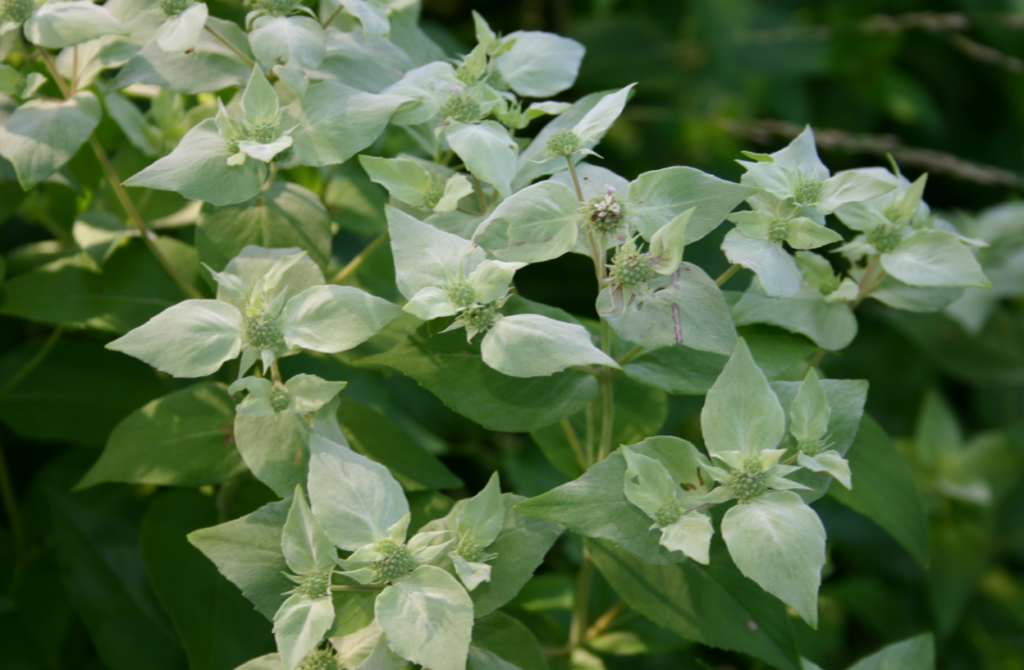
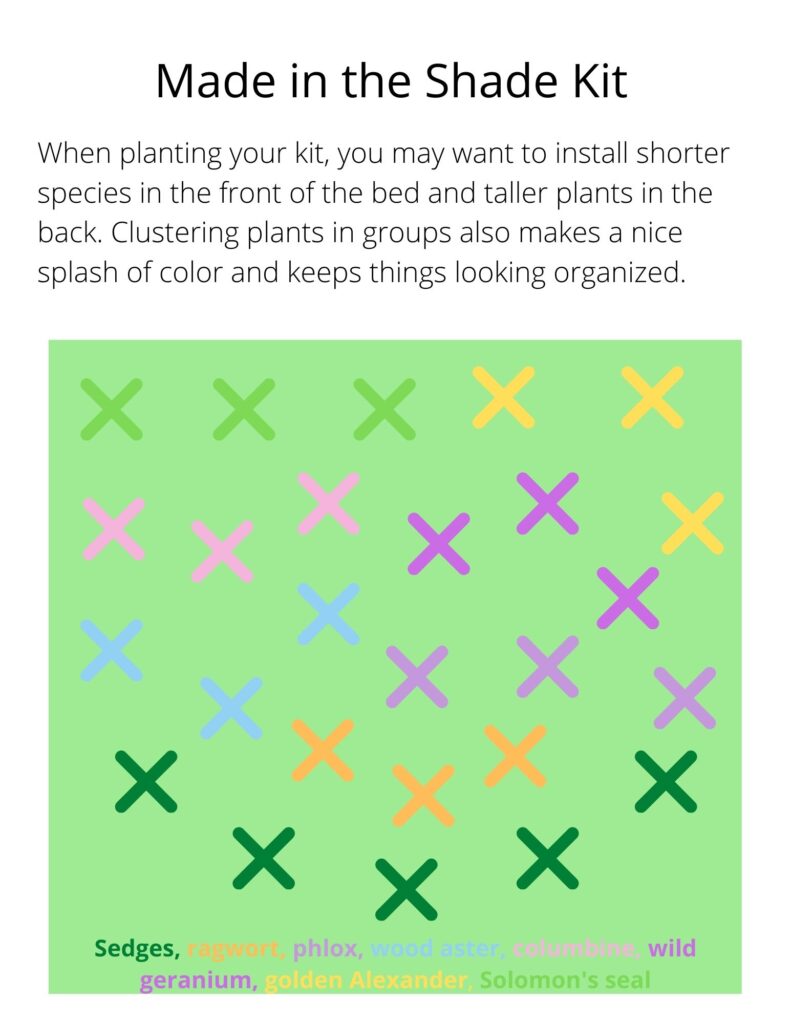
Keep It Simple
Our basic guidance is simple: cluster plants and design by height. This means keeping some color blocks together. For example, if the species are small like Viola pedata in our host plant kit, consider placing them in close proximity. When they bloom, it will make a much bigger impact and will draw more attention than just one plant here and there. Also keep an eye on height, planting so that one species doesn’t overshadow others. Place tall species at the back or middle of your viewing area, and shorter species toward the front or around the border. These two guidelines alone will help make your garden kit look planned and intentional, and can also help you stay organized when it comes time to weed. Use this simple design as an example, and make your own adjustments based on the kit you purchased.
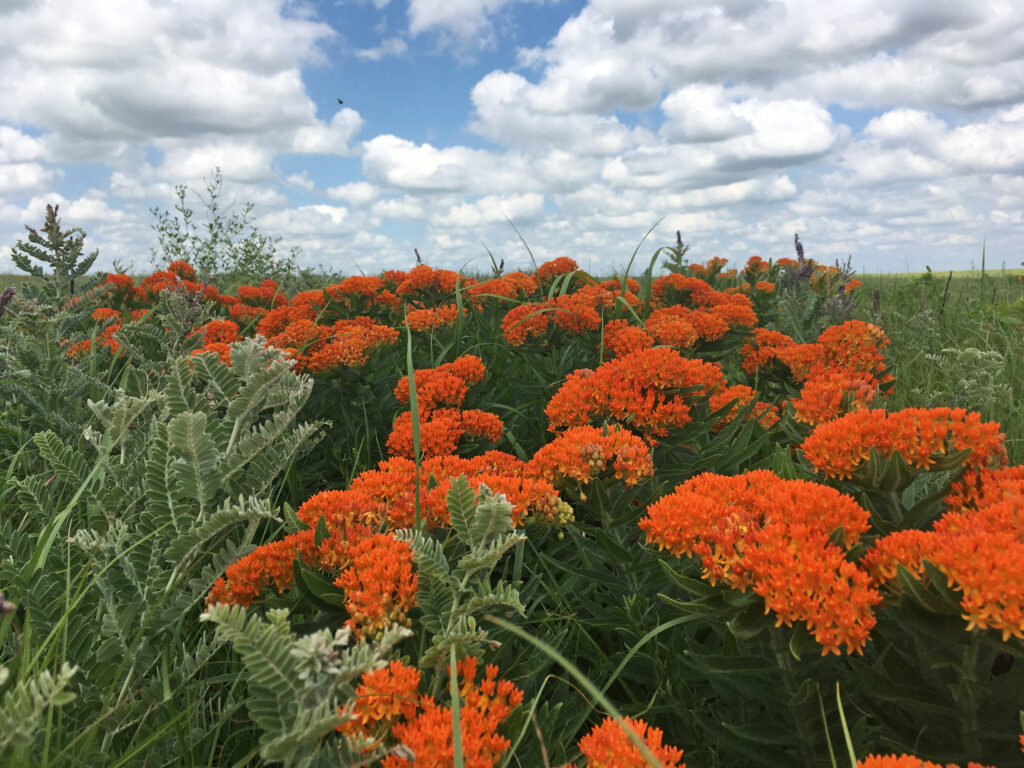
Let the Plants Be Your Guide
If you purchased a garden kit with taller grasses like switch grass, those can serve as a backdrop for the color of flowers in front. If your kit included little bluestem, consider mixing those into a mid-height section as added structure for Liatris or milkweeds. As for how close to plant, we usually suggest no more than one plant per 2.5 to 3 square feet to accommodate the vigorous growth that is sure to come.
So grab some scratch paper and make a few sketches before you start digging holes. Or don’t! As I said before, there is no right way. You can plan down to the very last inch or throw them in willy-nilly. As long as you are having fun and planting native, you can’t go wrong.

